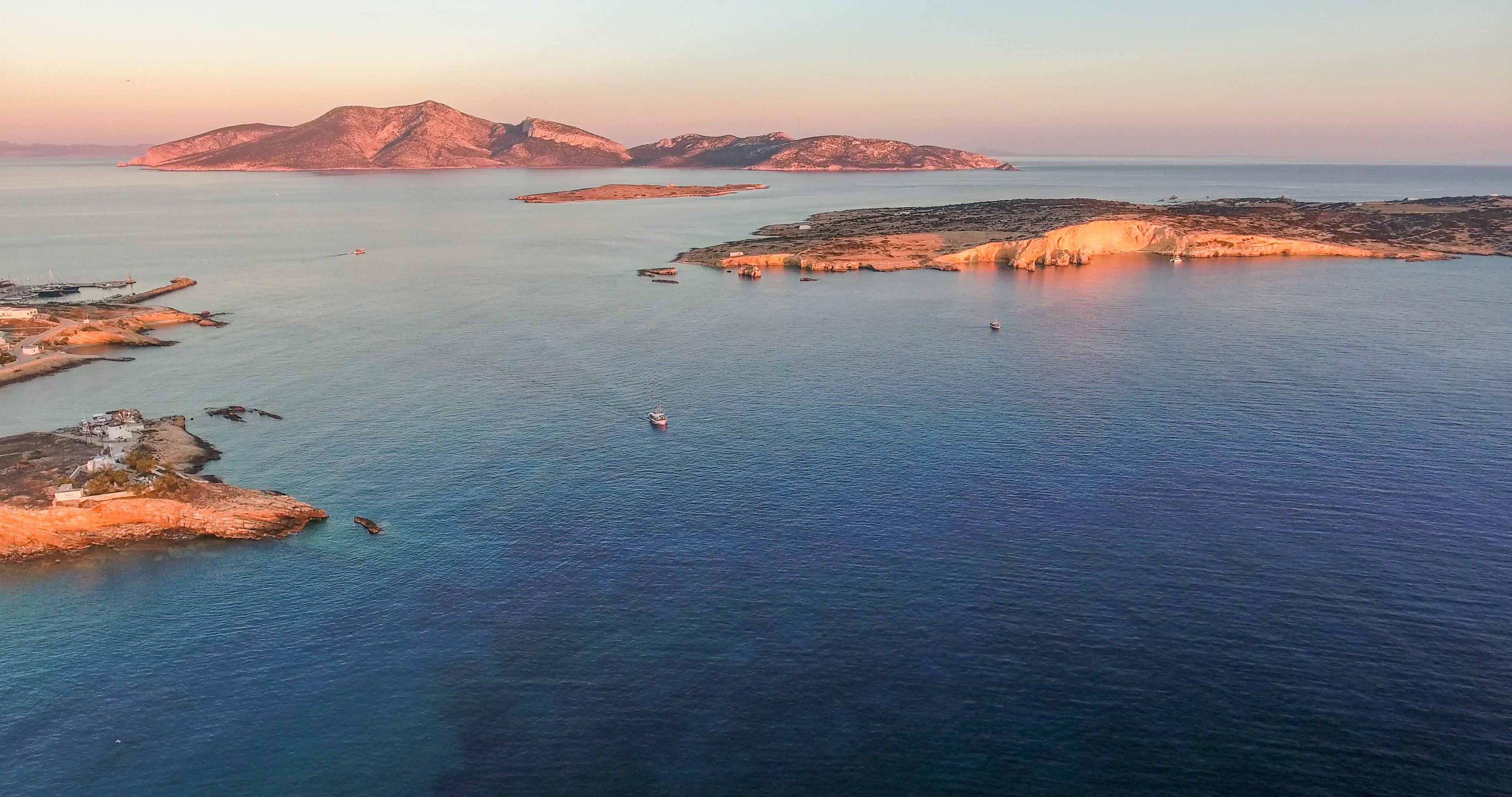FEEL THE MAGIC OF KOUFONISIA ISLANDS
It’s no coincidence that when anyone hears the word “Koufonisia,” their soul smiles.
They close their eyes and immediately transport themselves to the site where clear blue water reflects their dream…to the endless beaches, to the vibrations of the island and the hidden caves where their worries find solace. To Chora, where the local inhabitants drink together and open their homes to say “Welcome.” There, southeast of Naxos and west of Amorgos, on Koufonisia you lose all concept of time and simply put, feel free.
Koufonisia is part of the Small Cyclades
a cluster of islands in the southeastern Cyclades. Koufonisia is composed of two small islands, Ano (Upper) and Kato (Lower) Koufonisi as well as Keros.
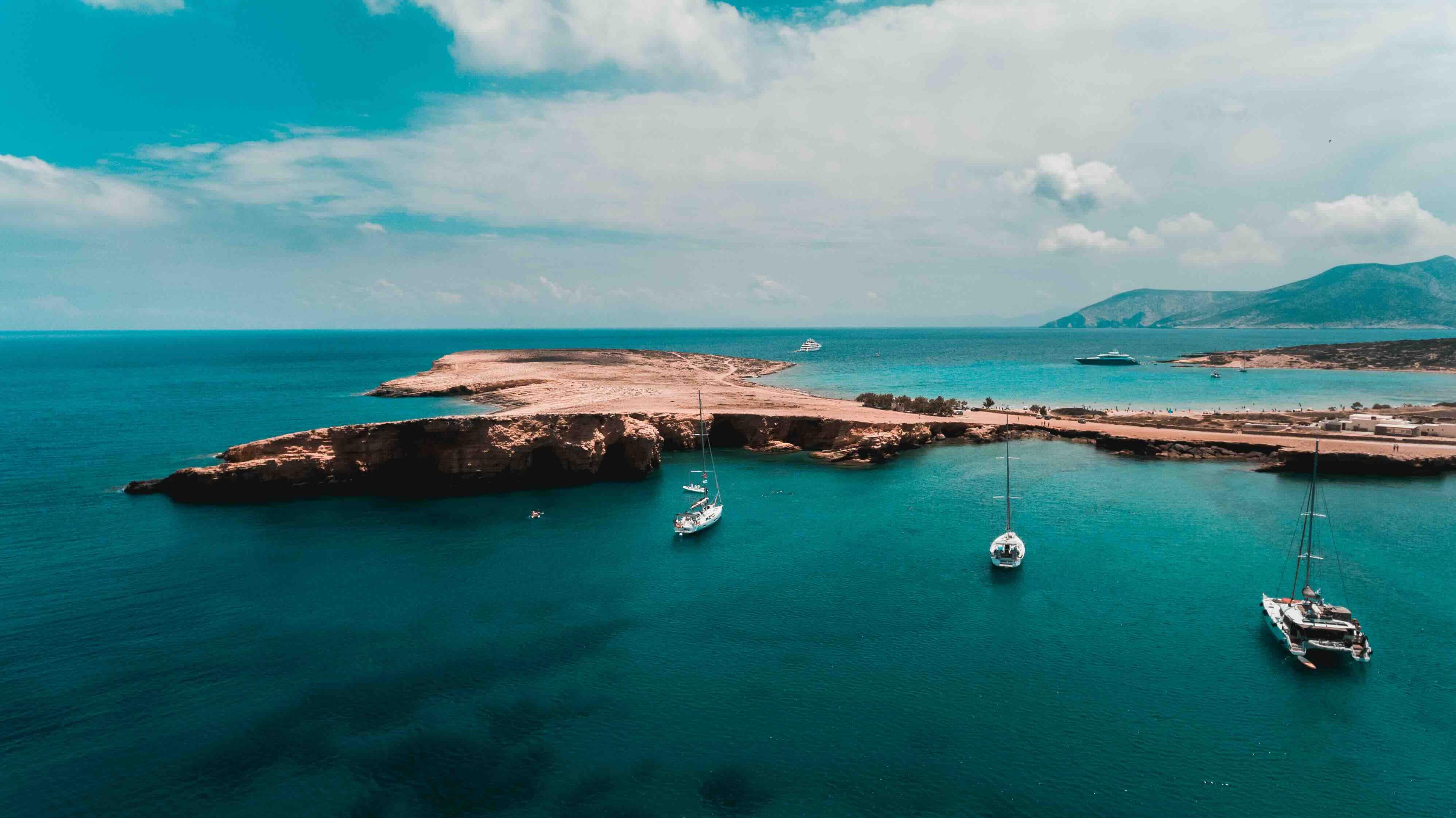
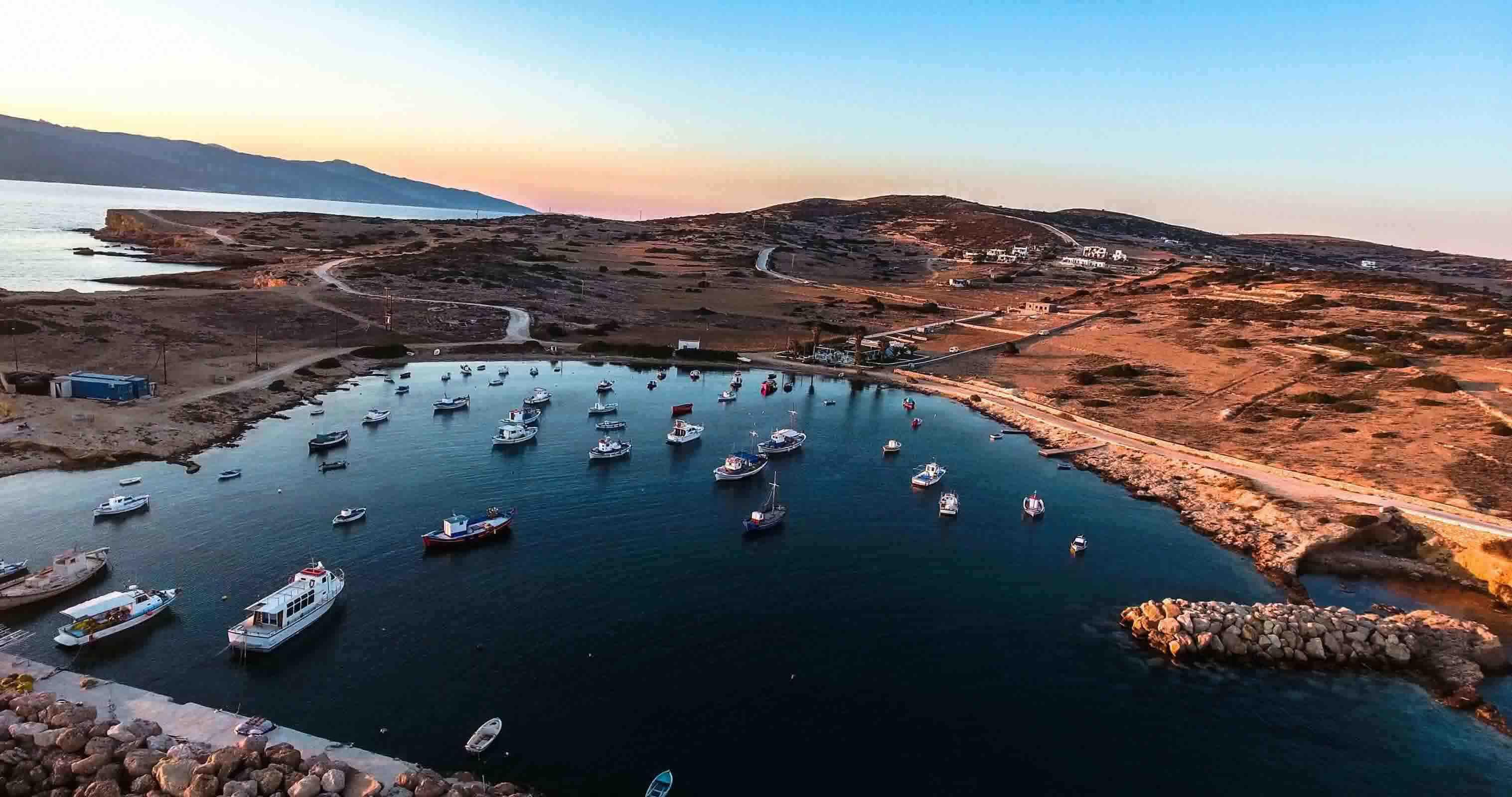
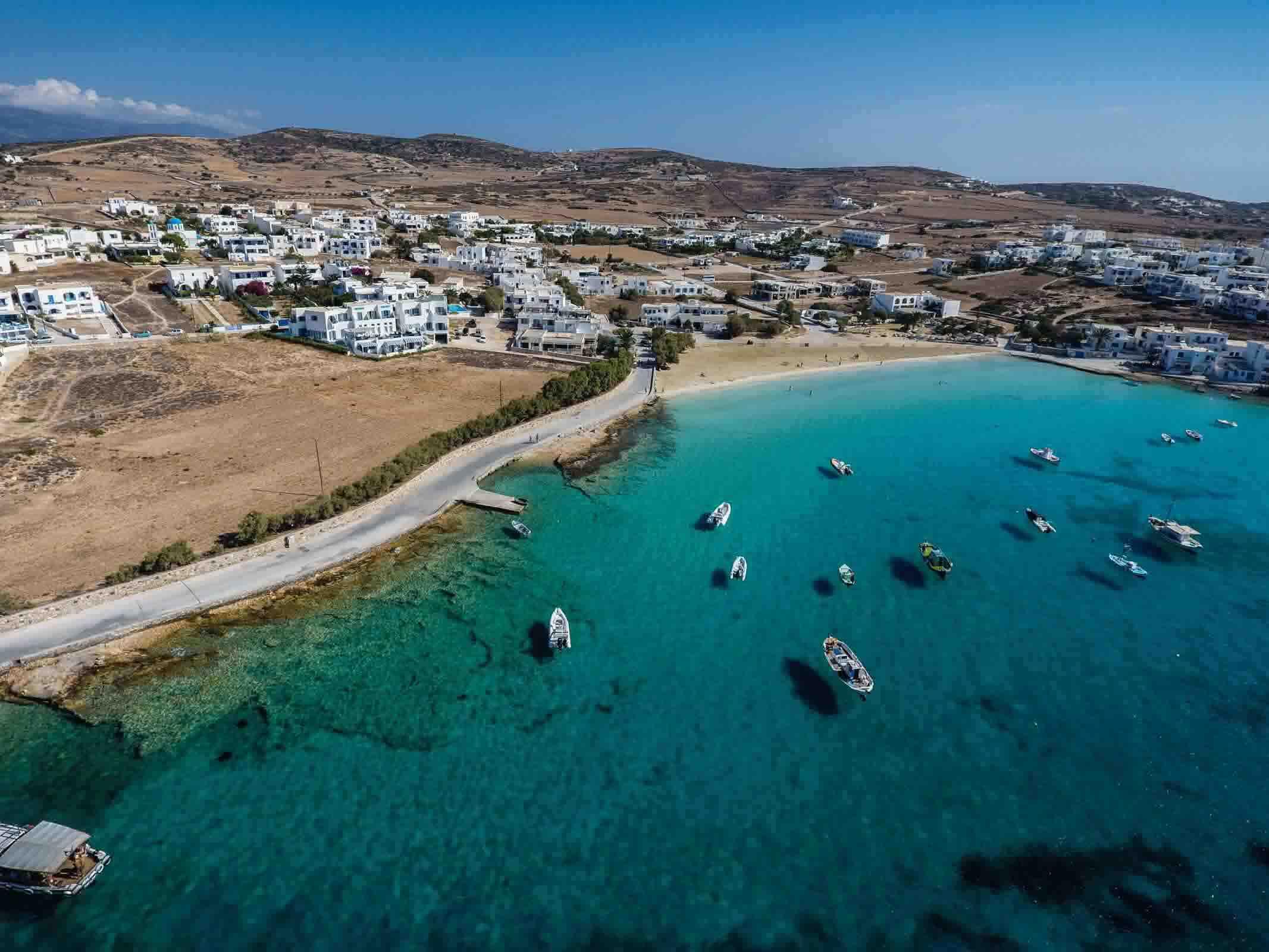
They’ve been inhabited since prehistoric ages. So many people, customs, traditions and different societies have taken root in these places and have left vital traces to be unraveled and understood by the rest of the world. Findings suggest the existence of a Cycladic civilization with evidence from its very early years. Archaeologist Ulrich Köhler in 1884, excavated and discovered The Harpist and The Flute Player along with two female statuettes, which were clear samples of marble sculptures from the Early Cycladic period. Remnants from an ancient Roman civilization were used to establish the present village of Chora which was part of a large Roman settlement that extended up to Loutro. Relics and marble slabs from Early Christianity were discovered on the premises of Saint George and Saint Nicholas churches.
Due to this cultural wealth, the island had been repeatedly looted by antiquities smugglers. From the 16th to 18th centuries, Koufonisia was baptized with several different names. In the Charter of Riga by Rigas Feraios, there’s reference to Kofinousa, Pira, Cofinissia and Phocussa which described the name of a safe harbour (hollow harbour.) Unfortunately as history has it, Koufonisia followed the same fate as other Cycladic islands which were occupied by Venetians and then by the Ottomans. It was also visited by pirates. For a prolonged time other islanders and Maniates, people from the Mani Peninsula on mainland Greece, were joined by more pirates, all of whom found refuge on Koufonisia. It wasn’t until 1830 when it was unified with the Cyclades as part of the Modern Greek state.
ANO KOUFONISI
A jewel in the Small Cyclades with a receptive harbour offering generosity and whatever you may want from a summer vacation. Although Koufonisia is on a searoute known as the “non-profit route,” it is an island undergoing rapid development while preserving the colours of the Cyclades.
More about Ano Koufonisi →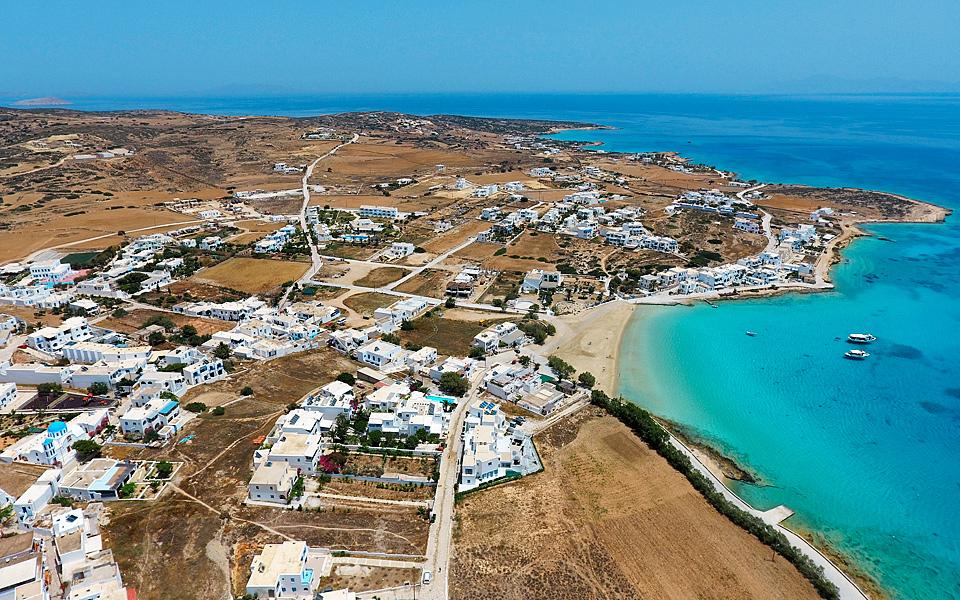

KATO KOUFONISI
Across Ano Koufonisi, at 200m., there is an old settlement which although abandoned, is distinctive and utterly tranquil. An “untouched” landscape. Its natural beauty, unspoiled beaches and vaulted caves have nothing to envy of the Caribbean or its colours.
More about Kato Koufonisi →KEROS
Hearing its name, one might think nothing special. It’s an island that may be still on the outer surface, but hidden below lays the history of Cycladic culture. A vast inhospitable mountainous landscape, lacking luxuries such as potable water and electricity. Abandoned by humans. Archaeologists worldwide have called it “The most ancient island sanctuary in the world.”
More about Keros →